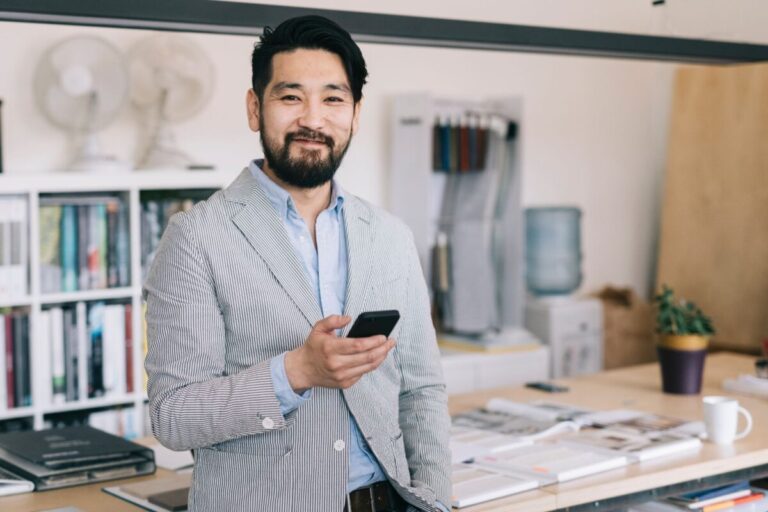If you’re like many people, you’ve likely built-up equity in your family home. The good news is that you may be able to use some of your home equity to boost your super and help fund your life in retirement. Government concessions make it easier and more tax effective to add to your super in this way.
How do downsizer contributions to super work?
Currently anyone aged 60 or older can make a downsizer contribution when they sell their primary residence. And soon people aged 55 and over will also be eligible to benefit, as announced in the October 2022 Federal Budget. If eligible, you can make a downsizer contribution to your super of up to $300,000 if you’re single or $600,000 between you if you’re a couple.
Why consider a downsizer contribution?
Money earned in super gets favourable tax treatment. You don’t pay any tax on your investment earnings when you draw an income from an account-based superannuation pension. The usual contribution caps don’t apply to downsizer contributions. This means you can make a downsizer contribution in addition to any other contribution you’re making to your super. It’s a way to significantly boost to your retirement savings.
And the good news is that you don’t need to meet a work test to make a downsizer contribution. Normally, if you want to make additional contributions after you’ve reached your preservation age, or the age at which you can draw on your super, you must satisfy a work test.
What’s more, even though it’s called a downsizer contribution, you don’t need to buy another home.
What properties are eligible for the downsizer contribution?
The property you sell needs to have been your (or your spouse’s) main place of residence at some point in time. And you or your spouse need to have owned the home for at least 10 years. It doesn’t need to be your current home as long as you’ve owned it for more than 10 years and lived in it at some point. An investment property that you’ve not lived in isn’t eligible.
The property doesn’t have to be owned by both you and your spouse for you each to make a downsizer contribution. Also, it must be a house or home unit. Caravans, mobile homes and houseboats can’t be used. If eligible, you can make a downsizer contribution to your super of up to $300,000 if you’re single or $600,000 between you if you’re a couple.
Things to consider
Selling your home is a major decision and getting financial advice can help reassure you that you’re doing the right thing.
The Centrelink Assets Test takes into account your super balance to determine your eligibility for the Age Pension.
Currently, your family home is exempt from that test. So, if you sell it and put some of the proceeds into your super, your Age Pension could be affected. And in turn, your eligibility for government-funded aged care and home care services. It’s also important to note that the transfer balance cap still applies to downsizer contributions. This is the maximum amount you can have across all your superannuation funds – currently $1.7 million.
If you think that a downsizer contribution could tip you over that amount, it’s important to talk to your financial adviser. Finding the best option for your circumstances is something your Count financial adviser can work through.
We can assess the costs and benefits to help you make the right decision.
What do I have to do to take advantage of the downsizer contribution?
Give your super fund a filled-out Australian Tax Office (ATO) Downsizer contribution into super form either before or at the time you make your downsizer contribution. The timing is important, otherwise your fund won’t know how to categorise your contribution.
You have 90 days from when you receive the proceeds from the sale of your property to make your downsizer contribution. The downsizer contribution is something you can only take advantage of once. If you decide to sell your home and put $150,000 into your super account, you won’t be able to come back a year later and add another $150,000 downsizer contribution.
Ready to consider downsizing? Recent changes make the benefits of downsizer contributions more accessible to a wider group of people. If you’re thinking of selling your home and contributing some of the proceeds to your super, it’s important to speak with us to weigh up your options and ensure you’re making the right decision for you.
This document contains general advice. It does not take account of your objectives, financial situation or needs. You should consider talking to a financial adviser before making a financial decision.


